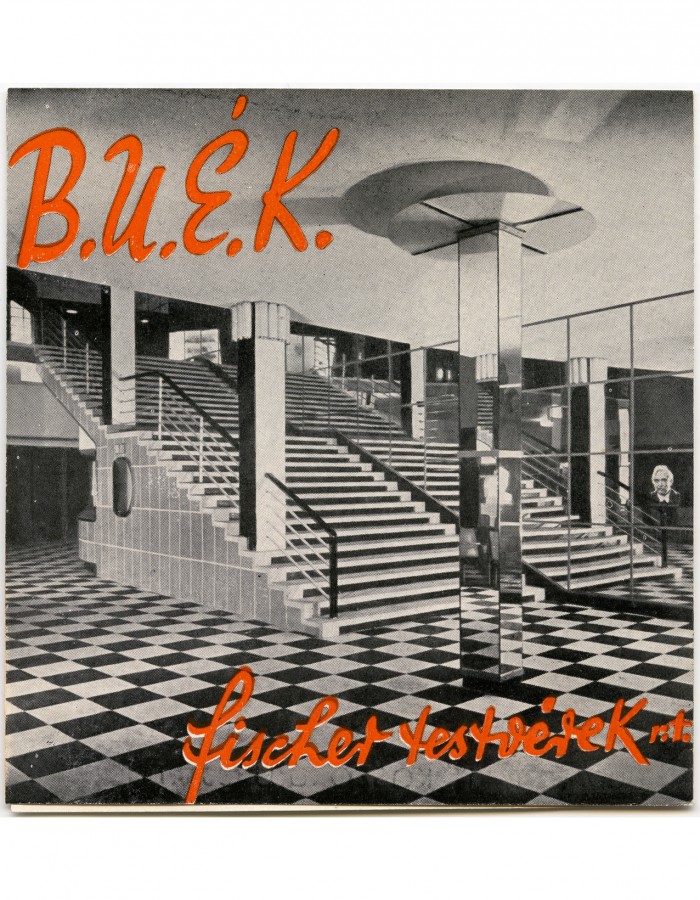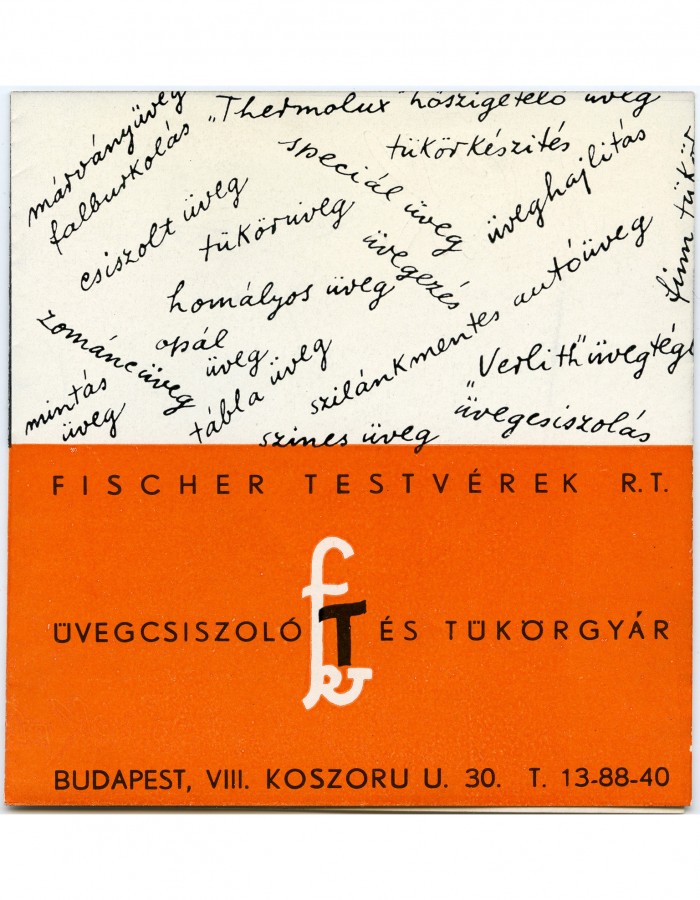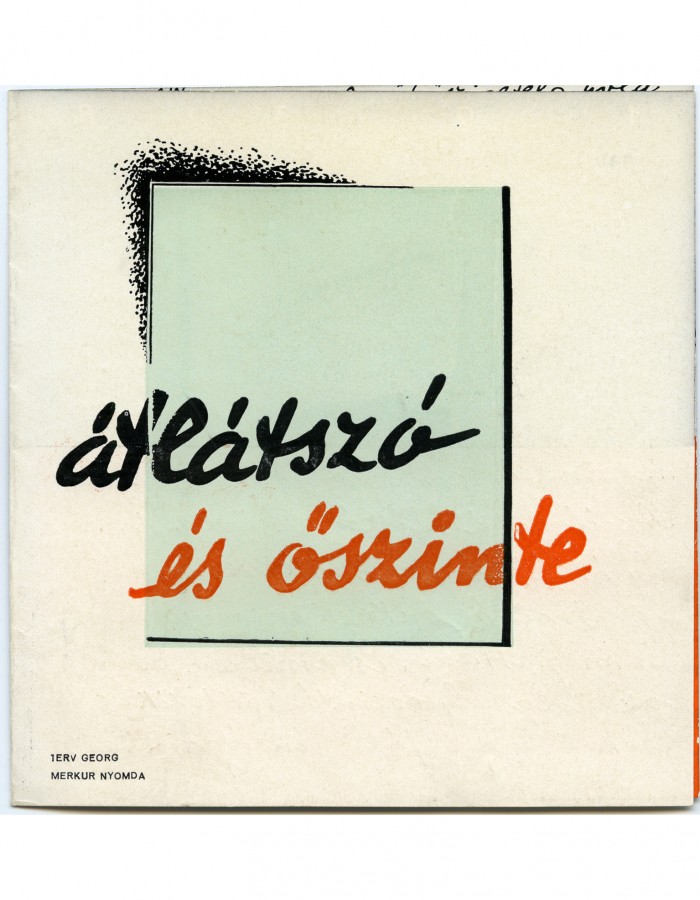The artwork of the month for February is the 1938 New Year’s greeting card of the Fischer Brothers’ glass engraving and mirror factory, which has survived from the estate of the interior designer and graphic artist József Gróf (1892–1944).
Following a proposal from the International Commission on Glass last year, the United Nations declared 2022 the International Year of Glass. The role of glass in architecture was transformed in the period between the two world wars. This multifaceted material plays a role in the opening exhibition and the accompanying program of the Rózsi Walter Villa that will open in the spring of this year.
The Fischer Brothers (Sámuel Fischer, Emil Fischer, and later his widow Mrs. Emil Fischer, Gyula Fischer, Dezső Fischer) manufactured various glass cladding materials and mirrors starting at the turn of the century. The family took over the direction of the company after the 1933 death of one of its founders, Emil Fischer. Their marbled glass (also called Marbrunit) made them popular with Modernist designers in the 1930s. This marbled glass was a solid, colored slab of glass that was used for cladding on both the interiors and exteriors of buildings, in particular on hospitals, shop entrances, vestibules, and coffee houses. It could also be used for tabletops or furniture inlays in furniture design, which is how this card may have landed up in the estate of József Gróf, who did some furniture designing.
The lobby of the Atrium Apartment House and Movie Theater built in 1936 can be seen on the cover of the four-page greeting card. This building designed by Lajos Kozma was an important reference work for the Fischer Brothers, as they had made the cladding for the façade as well as the glass and mirrored cladding of the interior spaces. A listing of the products marketed by the company can be read on the back page. In addition to the aforementioned marbled glass, they also made shatterproof automobile glass, milk glass, and other special kinds of glass.
The brochure was designed by the graphic artist György Georg, who designed posters and drew caricatures. Humor played a prominent role in his work. The Fischer Brothers Co. promoted its products with clever advertisements in architectural magazines and building industry handbooks. The Atrium Building usually appeared in these advertisements, since it was their most important work. The “transparent and honest” slogan may have been the idea of György Georg.
Fanni Izabella Magyaróvári




